How teachers brought Minecraft into classrooms
Microsoft and Minecraft reveal new teacher tools for using the game in schools
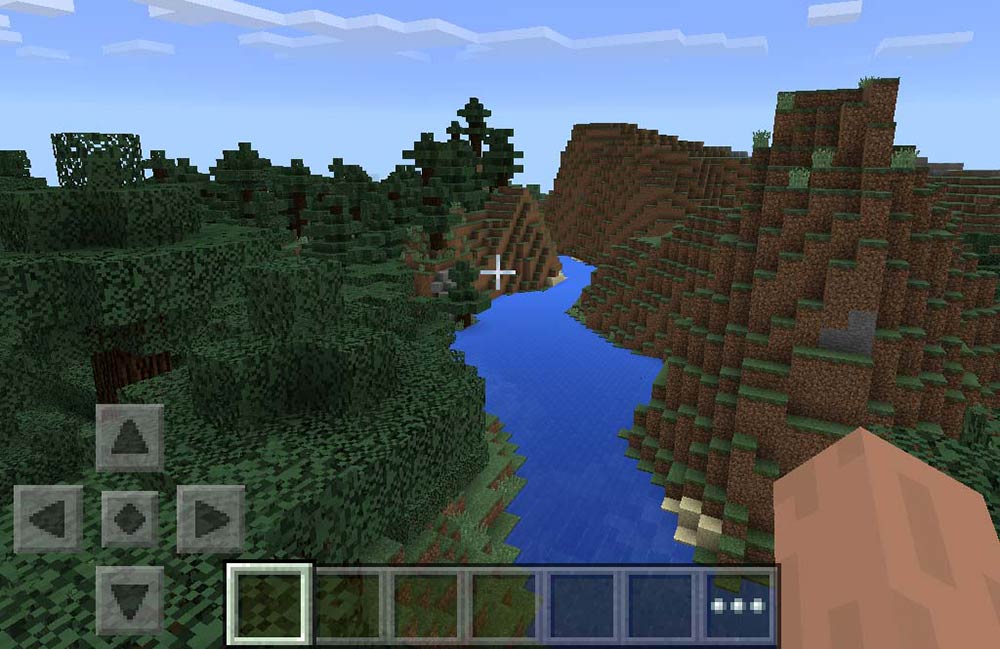

Minecraft in schools didn't come from students as you may expect, with children clamouring for a game to play in the classroom, but from teachers.
That's the story from Deirdre Quarnstrom, director of Minecraft Education, and Vu Bui, COO of Minecraft-maker Mojang, who spoke to IT Pro on the sidelines of education tech show BETT last week.
"There were some teachers who were playing who enjoyed games and they realised pretty quickly it could be used in their classrooms," said Quarnstrom. "They saw that it was easy to create anything you like and it encouraged iteration you could build something, and if you didn't like it, you could tear it right down and build it up again, which is exactly the behaviour they want to model in a learning environment."
"The original Minecraft versionwas designed by a 30-year-old guy who was making something for people like him," added Bui, "in the beginning, Minecraft really was a much older demographic." Younger users joined in as Mojang added console and mobile versions, he said.
"It was these teachers who were really into Minecraft originally who brought it into their classroom," he added, saying students likely hadn't heard of it then. "It was a game that started with an older audience, and that helped get it into education."
"Minecraft was developed as a game, and still is developed as a game," he added. "It just so happens that Minecraft is one of the most versatile games that exist, so it becomes its own platform, so you can do so many things with it. Using it in classrooms is natural because there's so much natural learning in Miencraft already."
Microsoft and education
Get the ITPro daily newsletter
Sign up today and you will receive a free copy of our Future Focus 2025 report - the leading guidance on AI, cybersecurity and other IT challenges as per 700+ senior executives
Two years after Minecraft was bought by Microsoft for $2.5 billion, it's extended into classrooms via the official Minecraft Education Edition, which costs $5 per student but gives teachers extra resources.
"People weren't asking why should I do it [use Minecraft in the classroom]," she said. "They were saying how can I do it."
Microsoft has answered with a host of features and resources for teachers. "We've added some things to make it easier for schools to purchase and deploy in the school environment, thinking about considerations like security and privacy," she said. "So when you log into Minecraft in school you're using your school ID, which brings security as well as accountability if I start to destroy the house that you built, my name is right over my head, so everybody knows. That puts some accountability on me to think about my actions."
There are other features above and beyond the standard version of Minecraft, with recent additions including a new block type to be used as a border to separate groups of students and an in-game camera for snapping photos to share moments with teachers and parents. "Students can take a picture of what's happening, or take a selfie, and then save that in a portfolio," she said. "Those images are intended to capture some of those learning moments."
Alongside the in-game tools, Microsoft has produced support material for teachers, as "many of them are new to Minecraft and they don't play games", Quarnstrom said. Those tools include videos about how to get started, Twitter and Twitch feeds to ask questions and watch others play, more than a hundred lesson plans, and a tutorial world to help them get to grips with how the game works.
"Within 20 to 30 minutes you can get that experience and build up some confidence so you can come into your classroom and talk about how to make a pick axe, and know when to use a sword, and ... start to develop that fluency," she said. Teachers are given 25 free plays before purchase, so they can build confidence and skills before bringing the game into their classes.
Building teacher confidence is a key part to making the game work as a teaching tool, she stressed - though asking students for help is often a wise move, too. "Go out and ask your students some of the teachers with the best experiences have found students willing to give up a free period to teach them Minecraft," she added.
Hololens future?
What's next for Minecraft? Microsoft showed off the game in Hololens 18 months ago, and with more VR and AR headsets shifting into classrooms, the potential is clear. However, Bui said the game needs to work here and now.
"Right now we're focused on the technology that exists in classrooms and how we can be there now what the future holds, I wish I knew," he said.
Freelance journalist Nicole Kobie first started writing for ITPro in 2007, with bylines in New Scientist, Wired, PC Pro and many more.
Nicole the author of a book about the history of technology, The Long History of the Future.
-
 Westcon-Comstor and Vectra AI launch brace of new channel initiatives
Westcon-Comstor and Vectra AI launch brace of new channel initiativesNews Westcon-Comstor and Vectra AI have announced the launch of two new channel growth initiatives focused on the managed security service provider (MSSP) space and AWS Marketplace.
By Daniel Todd Published
-
 Third time lucky? Microsoft finally begins roll-out of controversial Recall feature
Third time lucky? Microsoft finally begins roll-out of controversial Recall featureNews The Windows Recall feature has been plagued by setbacks and backlash from security professionals
By Emma Woollacott Published
-
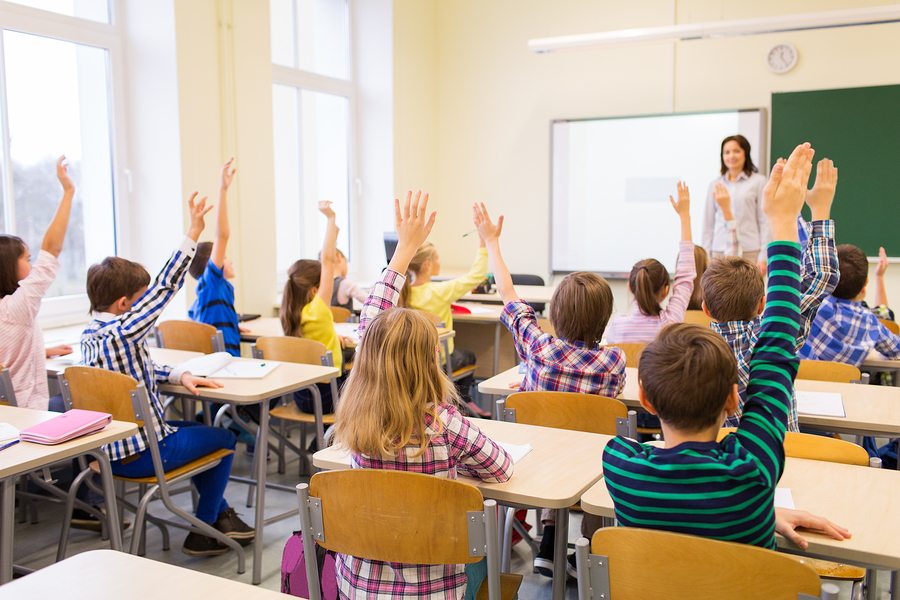 European Electronique’s Freedom Cloud
European Electronique’s Freedom CloudSponsored Freedom Cloud helps schools move to a fully managed public or hybrid cloud with educational IT provision
By James Morris Published
-
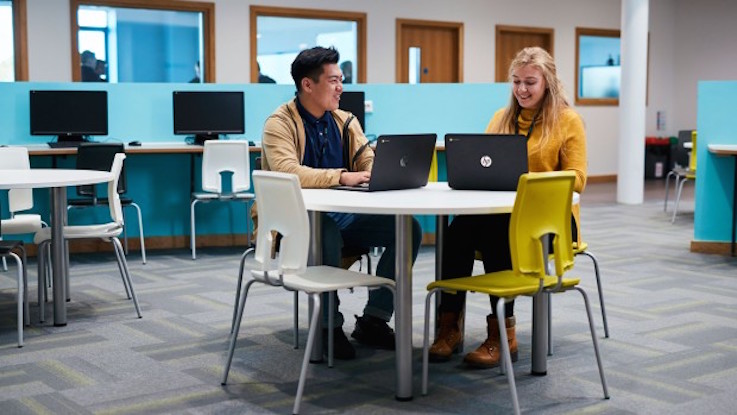 C-Learning puts the "cloud first" in education
C-Learning puts the "cloud first" in educationSponsored UK schools and colleges are only just entering the cloud revolution
By James Morris Published
-
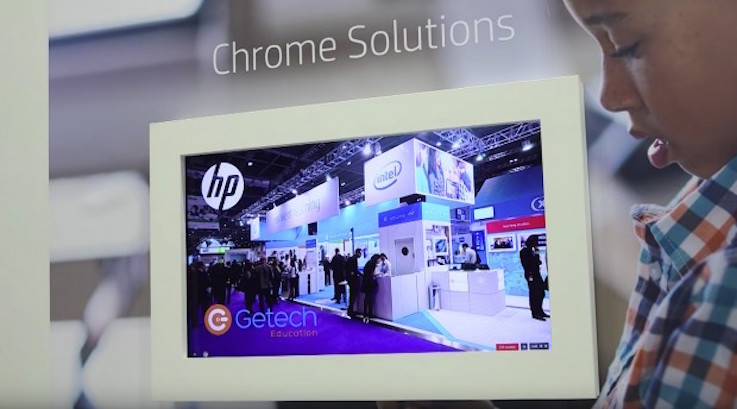 Getech Education helps schools move to the cloud
Getech Education helps schools move to the cloudSponsored Taking a school's classroom IT to the cloud needs careful consideration
By James Morris Published
-
 RM Buzz from RM Education
RM Buzz from RM EducationSponsored RM Buzz adds user-focused filtering on Chromebooks for students using RM Unify and G Suite for Education
By James Morris Published
-
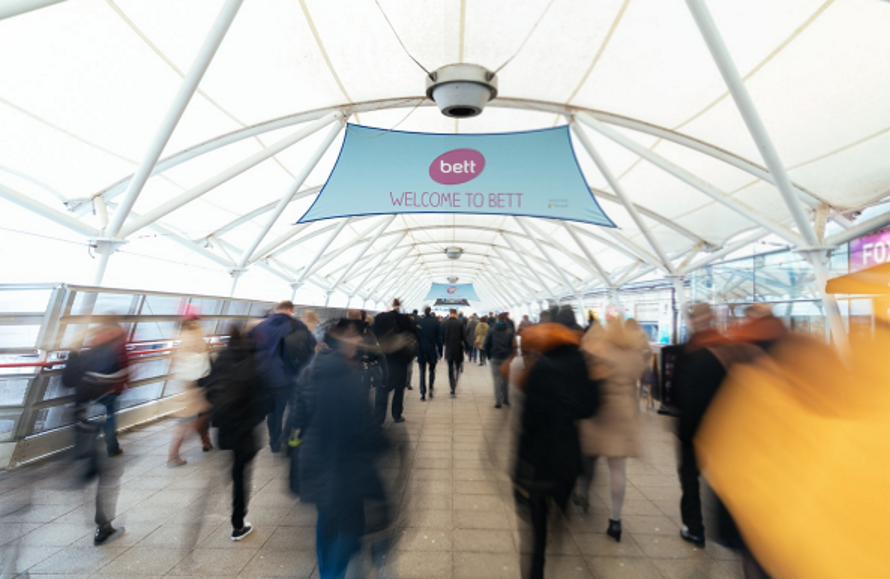 BETT 2017: don't drown schools in wave of ed tech
BETT 2017: don't drown schools in wave of ed techOpinion Finding the right tech in the flood of options isn't easy for schools
By Nicole Kobie Published
-
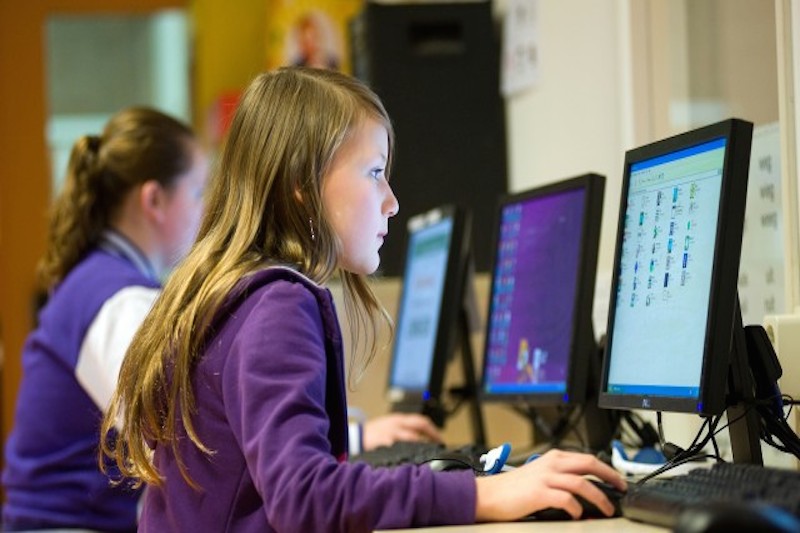 HP: VR and two-in-ones are the future of ed tech
HP: VR and two-in-ones are the future of ed techAnalysis HP's head of education predicts the future of technology in classrooms
By Nicole Kobie Published
-
 Why fun tech is good for schools
Why fun tech is good for schoolsAnalysis Lego and Minecraft are sweeping education tech – but do they offer more benefit than making school fun?
By Nicole Kobie Published
-
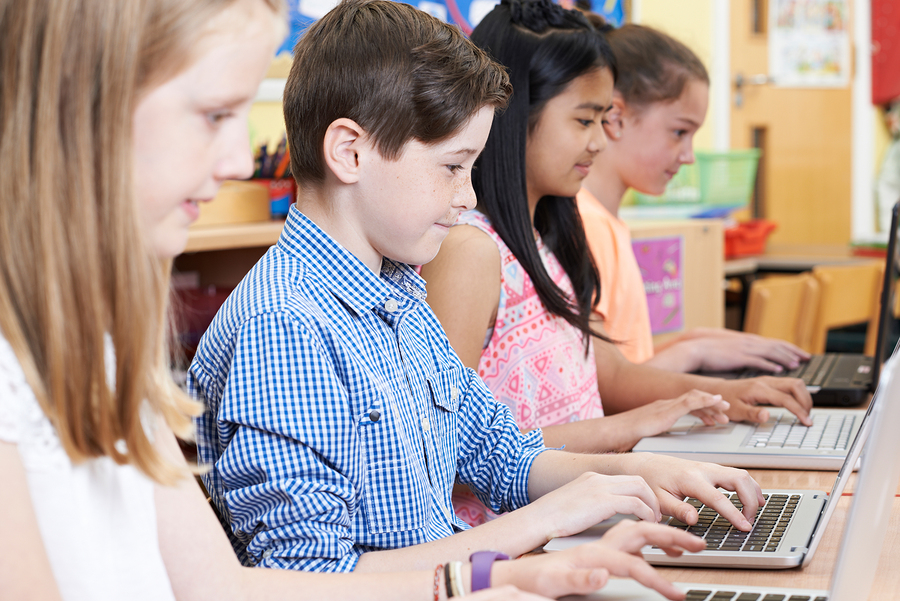 Simplifying tech for schools
Simplifying tech for schoolsAnalysis Chromebooks, Microsoft Intune and more are trying to make it easier for schools to buy and manage technology
By Nicole Kobie Published